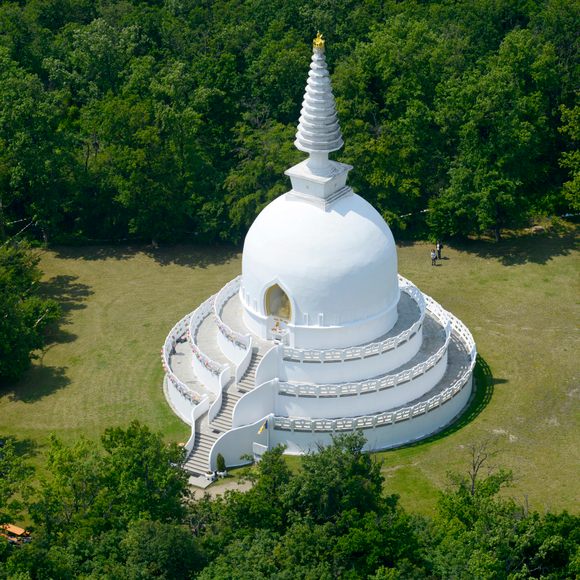|
Today's selection -- from Color: A Natural History of the Palette by Victoria Finlay. For ancient artists and artisans, a key source of yellow (and related hues) for the color of paints and glazes was the safflower:
"In the covered bazaars of [Algiers, Tunis, and Tripoli, a] Renaissance refugee would have found the first of many potential coloring ingredients for his portable studio: an orange flower, rather like a marigold.
“Safflower is unusual: if you add alkalis to the dye broth it is yellow; with acids it goes a beautiful crimson pink which is the color of the original 'red' tape once tied around legal documents in England and now gives its name to any bureaucratic knotty procedures. It would have been known to traders in the busy North African bazaars for more generations than anyone could count:
Ancient Egyptians used it to dye mummy wrappings and to turn their ceremonial ointments an oily orange. They valued it so much that they put garlands of safflowers entwined with willow leaves in their relatives' tombs, to comfort them after death.
 |
| Safflower (Carthamus tinctorius), illustration |
“It is also a plant to be wary of. Throughout its five thousand years of cultivation, safflower pickers have been easily spotted going to work in the fields--they have been the ones with leather chaps from thigh to boot to protect them from its spines. Today, if safflower stems get into the throat of a combine harvester, it is almost impossible to get them out. ‘Burn the combine’ is the joke solution. And an American safflower producer in the 1940s had a favorite story of a dog he saw chasing a rabbit: just when it seemed to be caught the rabbit dashed into a safflower field. The dog followed, but a few seconds later was seen sheepishly backing out, one paw at a time.
“For buyers of colors, safflower is a dye to be careful of too, especially if you are not looking for it. This plant has been switched so often for another more expensive yellow dye that one of its names is ‘bastard saffron.’ And indeed nobody is actually sure of its parentage--whether it first came from India or North Africa. It is celebrated in both places, and in India and Nepal it has been a holy color, perhaps because it is close to the color of gold. I remember visiting the great Buddhist stupa of Bodhnath just outside Kathmandu and seeing how its pure white body was marked by swirling rust--like stains. At first I thought it was a shame, but then I was told it was a sign that a devotee had given donations to the temple. Washing a few buckets of safflower over such an important stupa is equal to lighting thousands of butter lamps, and is excellent for karma."

|
|
|
author: Victoria Finlay |
|
|
title: Color: A Natural History of the Palette
|
|
|
publisher: Random House Trade Paperbacks |
|
| date: |
|
|
page(s): 176-177 |
|